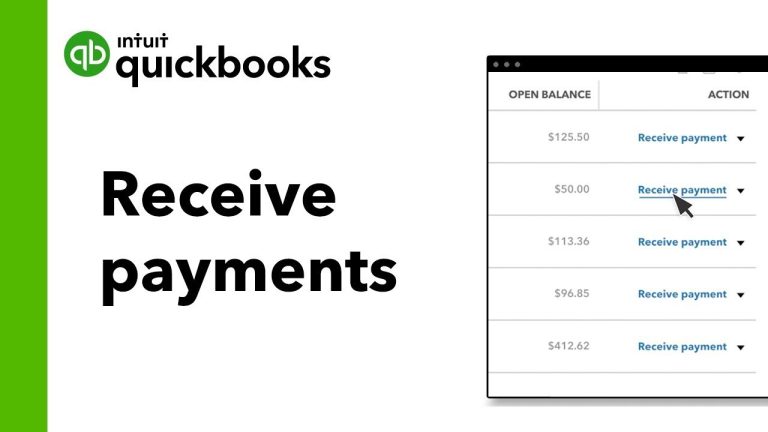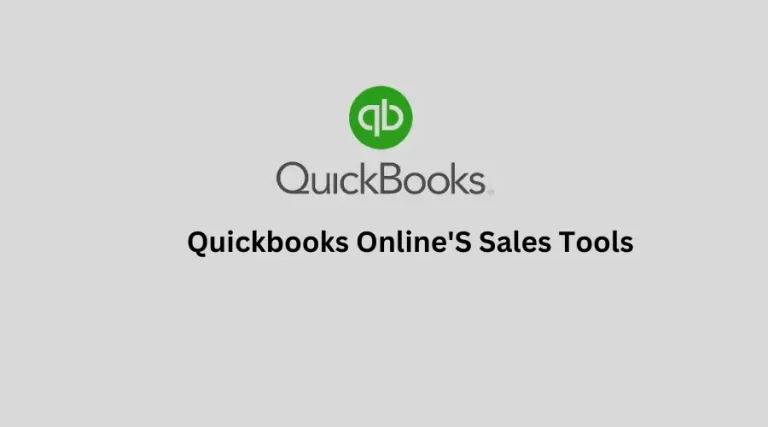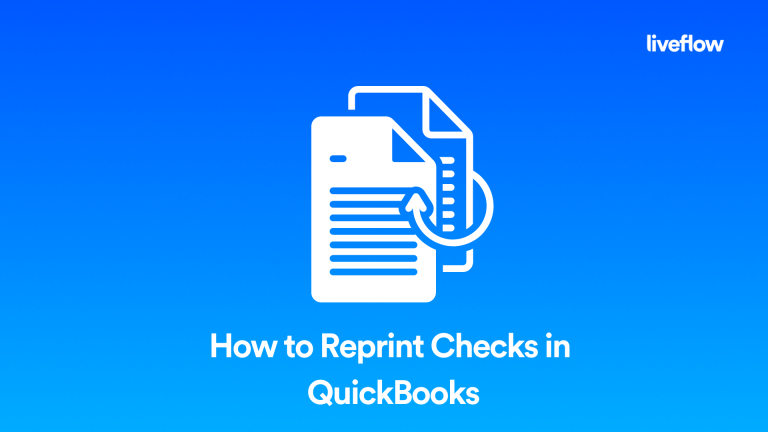As a small business owner, managing finances can be a daunting task. Tracking expenses, invoicing clients, and reconciling bank accounts can consume a significant amount of time and effort. However, with the help of QuickBooks Online, the leading cloud-based accounting software, you can simplify and streamline your financial management process.
1. Sign up for QuickBooks Online
To get started, visit the QuickBooks website and select the “Sign Up” button. You will be prompted to provide some basic information about your business. QuickBooks offers different plans to accommodate businesses of all sizes, so choose the plan that best suits your needs.
2. Set up Your Company Profile
Once you have created your account, the next step is to set up your company profile. This includes entering your business name, address, industry type, and any other relevant details. You can also customize your profile by adding your logo to your invoices and other documents.
3. Connect Your Bank Accounts
One of the key features of QuickBooks Online is the ability to connect your bank accounts directly to the software. This allows for automatic syncing of your transactions, simplifying the process of reconciling your accounts. To connect your bank accounts, navigate to the “Banking” tab and follow the prompts to link your accounts.
4. Customize Your Chart of Accounts
The chart of accounts is a list of all the categories and subcategories that track your business’s income, expenses, assets, and liabilities. It is essential to tailor your chart of accounts to fit your specific business needs. QuickBooks Online provides a default chart of accounts, but you can customize it by adding, deleting, or modifying accounts as required.
5. Create and Send Invoices
With QuickBooks Online, you can easily create professional-looking invoices and send them to your clients directly from the software. Simply input the necessary details, such as the client’s name, due date, and the products or services provided, and QuickBooks will generate and send the invoice for you. You can also track the status of each invoice, making it easier to monitor your accounts receivable.
6. Track Expenses
Tracking expenses is a crucial aspect of managing your business’s finances. QuickBooks Online allows you to effortlessly record your expenses by linking your bank accounts and credit cards or by manually entering them. You can categorize expenses, attach receipts, and set up recurring expenses for regular bills.
7. Run Financial Reports
QuickBooks Online provides a wide range of financial reports to help you analyze your business’s performance. These reports include profit and loss statements, balance sheets, cash flow statements, and more. By regularly reviewing these reports, you can gain valuable insights into your business’s financial health and make informed decisions.
8. Integrate Third-Party Apps
QuickBooks Online offers integration with numerous third-party applications, enabling you to further enhance your financial management capabilities. These integrations include payment processors, expense-tracking tools, payroll services, and more. By integrating these apps with QuickBooks, you can streamline your business processes and save time.
9. Utilize the QuickBooks Mobile App
QuickBooks Online has a mobile app that allows you to access and manage your financial data on the go. Whether you need to create an invoice, check your account balances, or track expenses, the mobile app provides convenience and flexibility. Stay up to date with your business’s financials no matter where you are.
10. Seek Professional Help
If you find yourself struggling with the complexities of accounting or need assistance with QuickBooks Online, don’t hesitate to seek professional help. Accountants and bookkeepers with expertise in QuickBooks can provide guidance, help you set up your accounts correctly, and offer valuable advice on managing your finances.
In conclusion, QuickBooks Online is a powerful tool that simplifies financial management for small business owners. By following these steps and utilizing the features and functionalities provided, you can save time, gain insights into your business’s performance, and make informed decisions to drive your success.






